EnGenius EAP600 router review
EnGenius introduced the EAP600 router in 2012. It is powered by Atheros AR9344 @ 560 MHz chipset, 64 MB of RAM, and 8 MB of flash memory.
Keen to discover if this EnGenius router lives up to the hype? Keep following along!
Table of Contents
Our personal experiences and opinions form the basis of this article. We aimed to share insights on a topic, and we hoped others would find it useful and inspirational. The specs below rely on official manufacturer data, but we also consider user reviews. If you noticed any mistakes or missing details about the EnGenius EAP600, please let us know. Furthermore, we strive to deliver a thorough and precise overview.
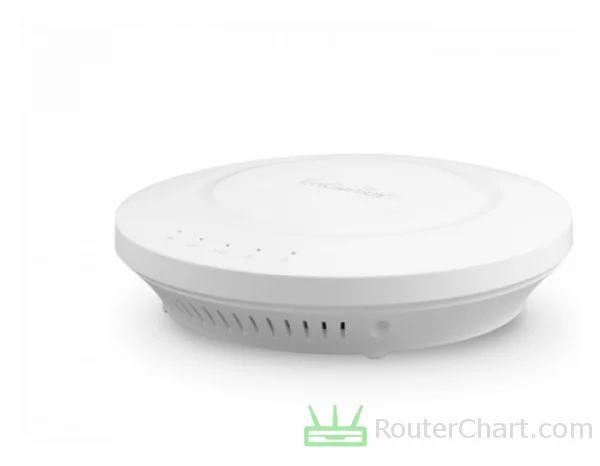
The EAP600 is a powerful router. It is full of features and made for advanced networking. EnGenius has a history of introducing innovative features and technologies into their products.
EnGenius EAP600 specifications
| Brand | EnGenius |
|---|---|
| Name | EAP600 |
| Type | EAP600 |
| Rating | |
| Launch | 2012 |
Body
| Dimensions | 162 x 162 x 42 mm |
|---|---|
| Weight | 281 g |
If you plan to move or travel a lot and need to take your router with you, the size is important. It needs to be small to be easy to carry. The weight of a router can matter in some situations. But, it is usually not as crucial as other factors. These factors include features and compatibility.
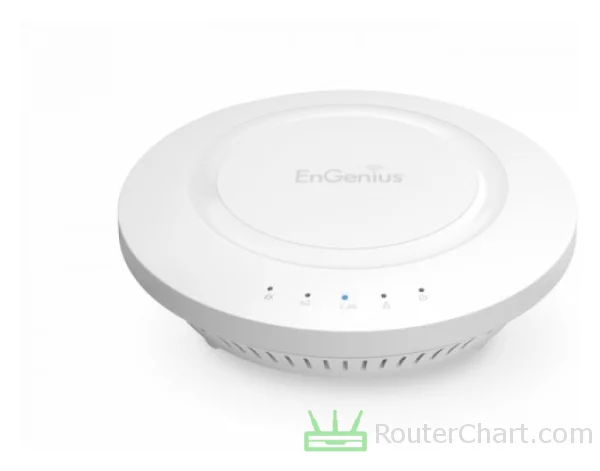
System
| Chipset | Atheros AR9344 @ 560 MHz |
|---|---|
| RAM | 64 MB |
| Flash | 8 MB |
| OS | EnGenius |
| Power supply | 12 V / 2 A |
The Atheros AR9344 @ 560 MHz CPU provides processing power. It handles tasks and services within the EAP600 router. The amount of RAM in a router can affect its performance. It also affects its capacity to handle concurrent operations and traffic. The 8 MB flash memory in the router serves as the storage medium for the router's firmware. The firmware upgrade process may vary depending on the router model. However, it often involves accessing the router's web-based administration interface. The EnGenius packages the EAP600 router with 12 V / 2 A PSU.
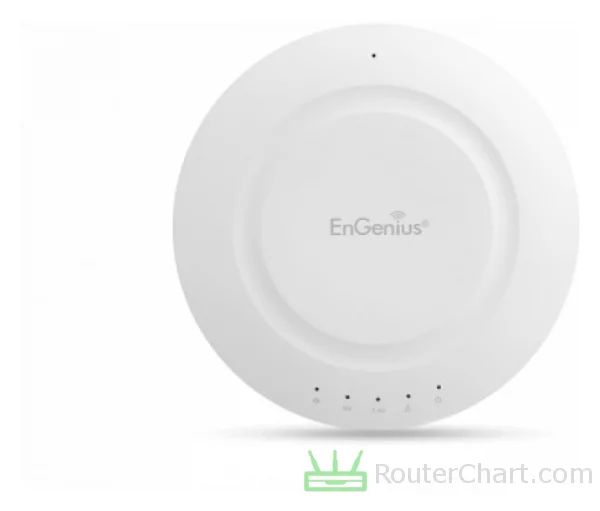
Network
| Protocols | IPv4 |
|---|---|
| LAN ports | no |
| WAN ports | 1 x 10/100/1000 Mbps |
| Mobile network | no |
| VPN support | no |
Like many modern routers, the EAP600 supports many network standards too. The IPv4 uses 32-bit addresses, represented as four sets of numbers separated by periods (e.g. 192.168.0.1). This router ensures that you can use fast internet from your ISP fully.
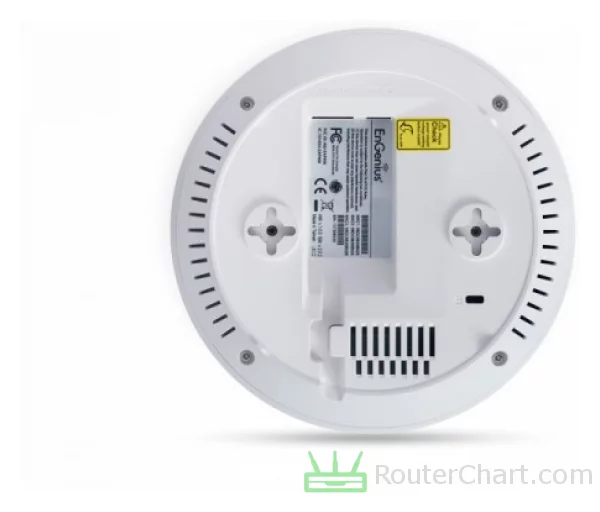
Wireless
| Antennas | 4 x 5 dBi internal |
|---|---|
| 2.4 GHz | yes |
| 5 GHz | yes |
| 60 GHz | no |
| Standards | IEEE 802.11a/b/g/n |
| Class | N600 |
| Speed | 300 + 300 Mbps |
| Transmit power | 27 dBm |
| Security | WEP WPA WPA2 WPS |
| Guest network | yes |
A well-positioned antenna can reduce interference and signal weakening. This leads to a more reliable connection. This router is 2.4 GHz capable. The 2.4GHz band refers to the portion of the radio spectrum between 2.400 and 2.4835 gigahertz. Using the 5 GHz band can move some devices from the crowded 2.4 GHz band. This cuts congestion and boosts the network. This is a Wi-Fi 4 router, with slower data transfer speeds. This can result in slower downloads, video buffering, and reduced performance.
Real-world EAP600 router speeds are lower than its theoretical maximum speed. WEP was the first Wi-Fi security protocol. But it is now seen as weak and easy to hack. The introduction of WPA2 (Wi-Fi Protected Access 2) improved upon WEP. It provides stronger security. WPS (Wi-Fi Protected Setup) provides an easy method. It connects devices to a Wi-Fi network.
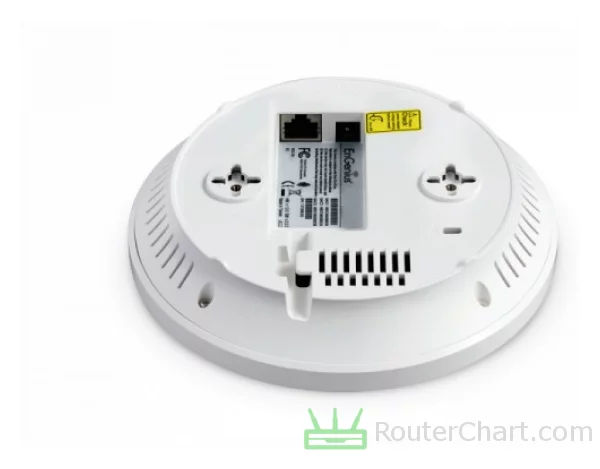
Connectivity
| USB ports | no |
|---|---|
| Print server | no |
| File server | no |
The EAP600 router doesn't have file-server or print-server functionality.
Administration
| Default IP | 192.168.1.1 |
|---|---|
| Default username | admin |
| Default password | admin |
If you can't log in to your EnGenius router's setup panel, try resetting it. A reset can help you troubleshoot. It is highly recommended to change the default password of your EAP600 router. Do this after the initial setup.
Pros and Cons
Every router, including this EnGenius one, has its good sides and not-so-good sides. Let's take a closer look at both to get a full understanding of what this router can do. We'll talk about what it does well and also where it could use some improvements. Just remember, this is just what I think, and you might see things differently.
Pros
- lightweight
- sufficient memory
- high-speed WAN port
- works on 5 GHz band
- WPS friendly
Cons
- insufficient flash
- lack of Gigabit LAN
- missing Wi-Fi 6 support
- lacks Wi-Fi 5 compatibility
- reduced Wi-Fi bandwidth
- incompatible with WPA3
- no USB connectivity
EnGenius EAP600 photos


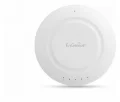

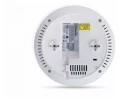

If there’s information about the EnGenius EAP600 that you would like to see on this site, then write to us.

